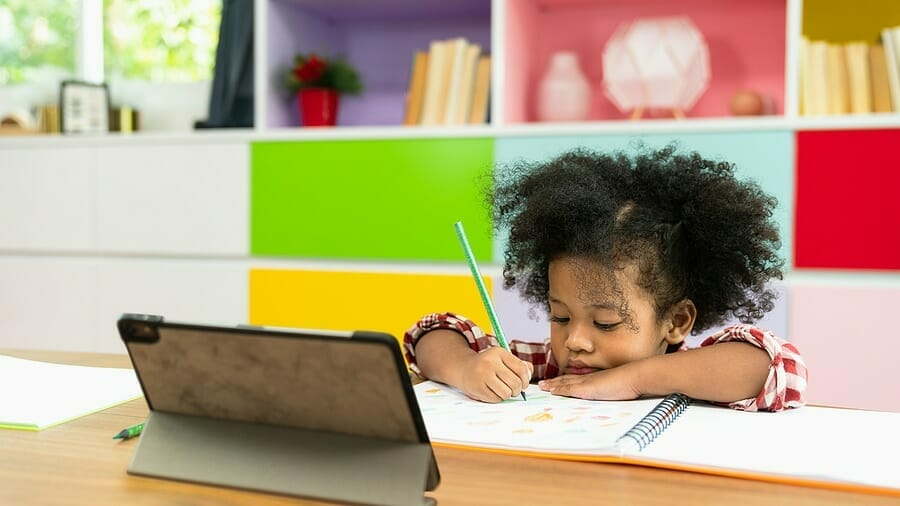As many parents will know following their experience of homeschooling their children last year, it’s not easy to juggle all the aspects of life, especially if you’re also still working, with homeschooling your kids.

However, hopefully our experiences from last year have made us realise that it’s ok to take a break and for our youngster to get involved in a whole array of activities, not just the ones you might expect to be included in the curriculum.
In fact, as an article for City A.M. recently noted, it’s highly beneficial for kids to take some time away from structured learning throughout the day.
The publication asked some of the experts at Quizlet for some advice to help fraught parents get through this next period of homeschooling. Among the advice is to create a routine and structure to your homeschool days.
However, this doesn’t mean you have to fill every minute with lessons. They recommend scheduling everything from exercise and relaxation time to periods of the day when you can be creative.
One of the suggestions when it comes to being creative is to get youngsters colouring in and getting involved in artistic activities away from a screen. If you’ve got older children, you could encourage them to draw pictures that can be printed into their own personalised colouring book, for instance.
Or you could print colouring book that contains pictures that you know your kids are going to enjoy getting stuck into.
Among the other creative activities suggested by Quizlet are using building blocks, reading a book or even cooking together in the kitchen. There are many ways in which your children can learn and develop their skills without sitting down to study.
Belfast Live also offered some advice to parents who may be wondering how they’re going to cope with homeschooling again. Among the top tips is to make the process fun and to look at how games can enhance learning.
Parents should also make the most of all of the online and TV learning resources that are available. Many were produced during the initial lockdown and those are still available, while providers are adding more all the time.
Another piece of advice is to think about the studying environment you’re setting up for your youngsters. Getting rid of distractions is important, but so too is making sure that the area you set aside to be your classroom is comfortable and quiet.
This doesn’t have to mean a desk and chair though. If your child concentrates better when they’re lying on the floor or even standing up, look at how you can accommodate that into their learning.
It’s also important that you schedule regular breaks, for your own benefit as much as your child’s. Work out how frequent and long your breaks should be with your child or children. Some kids might work best for longer periods of time with a longer break, while others might do better with short bursts of learning, say 30 minutes, followed by a 10-minute break.
Looking for a reliable printing company?
Get an instant quote